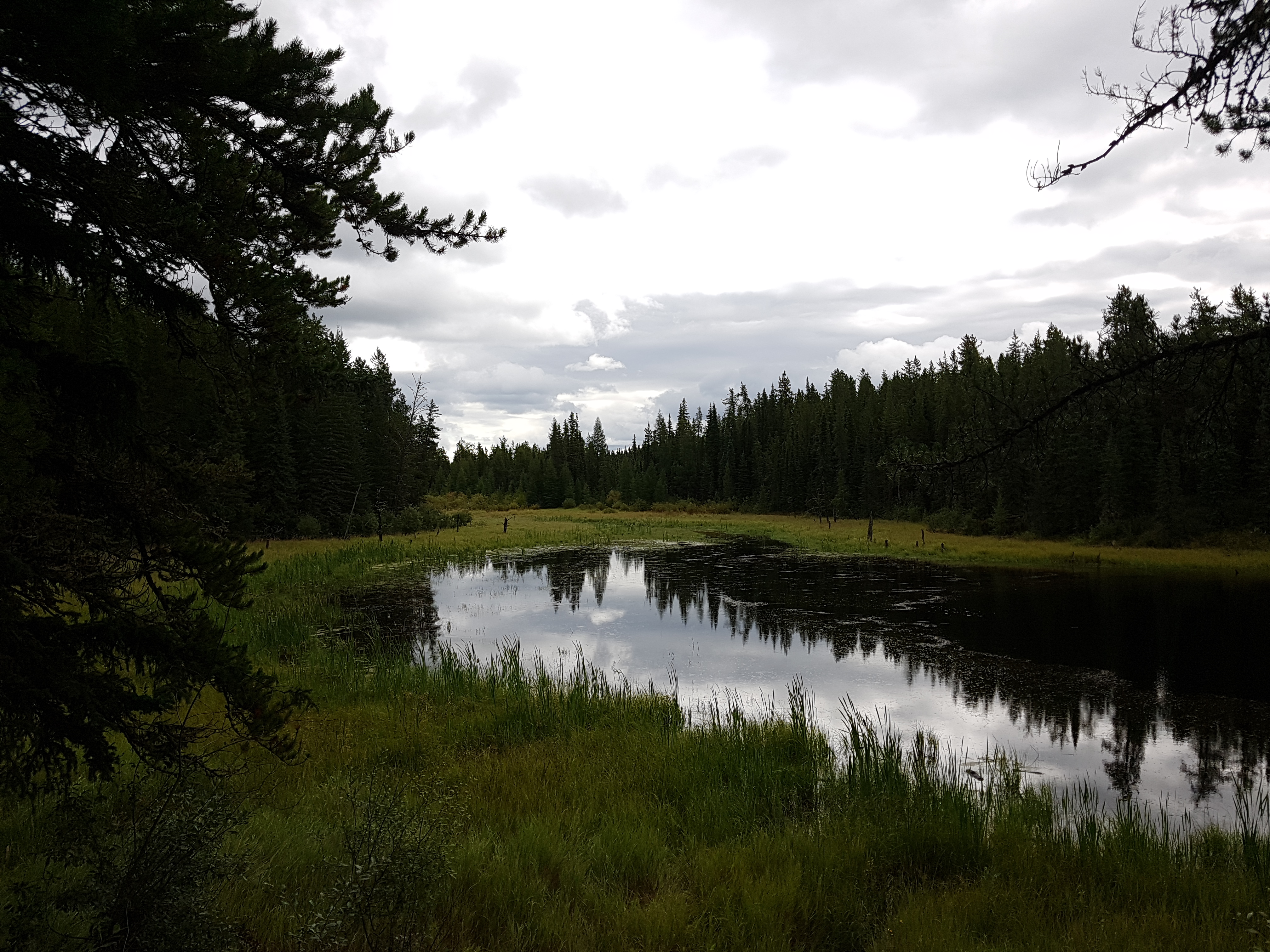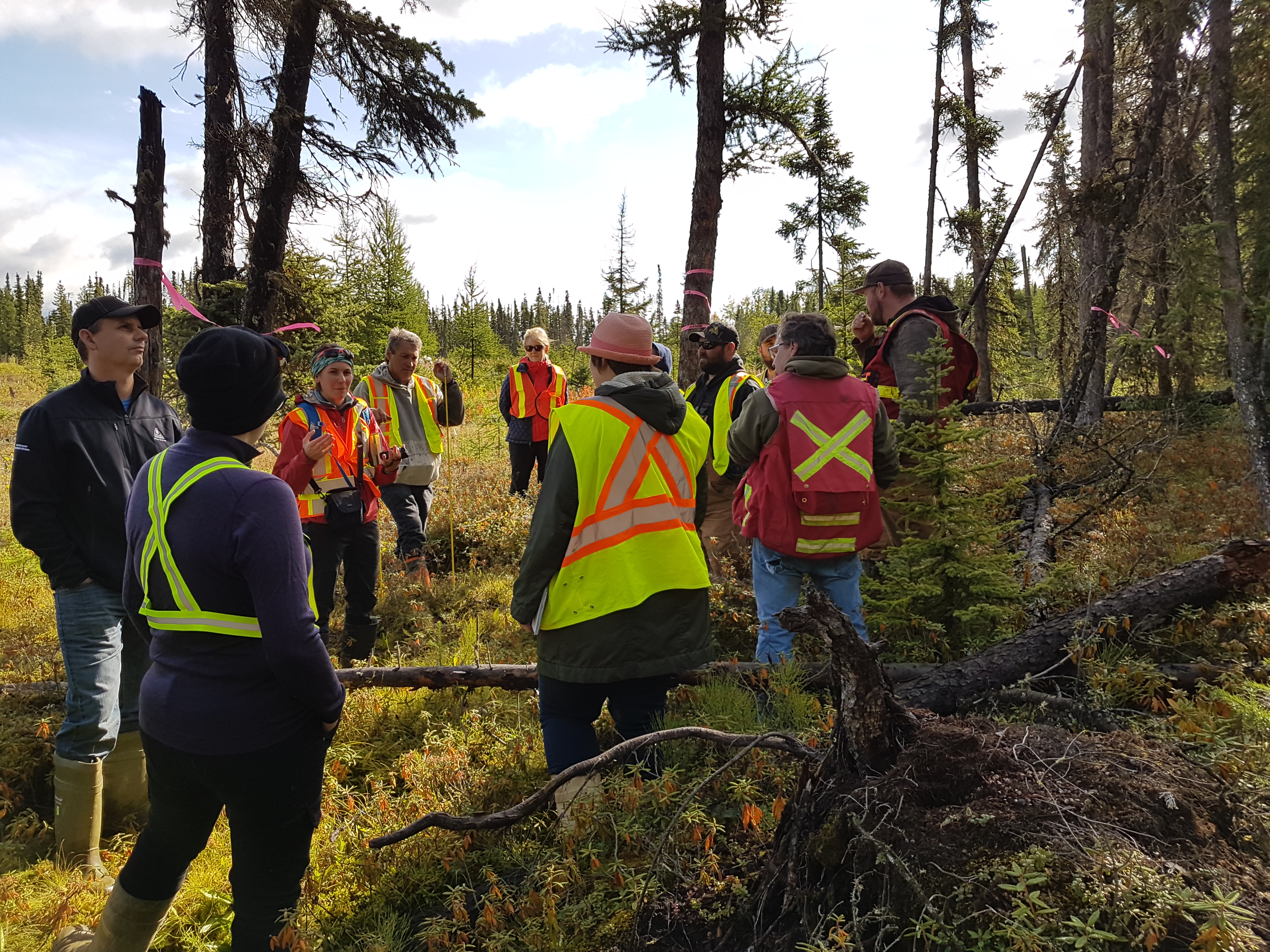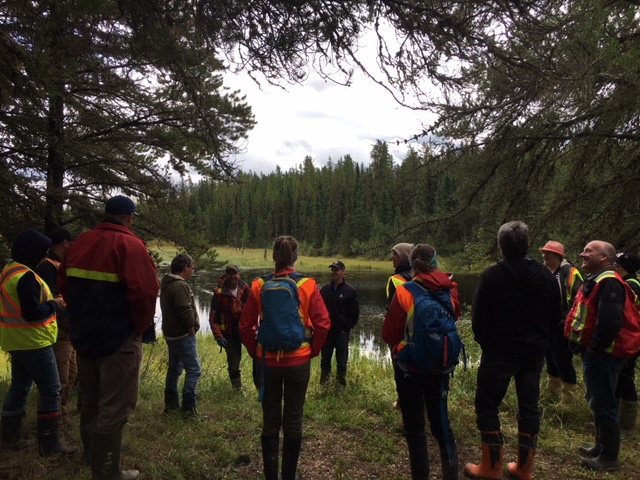A Day in the Wetlands
September 14, 2018 2:45 pm Leave your thoughts
One of my favorite things about working for Millar Western has been the endless learning opportunities that I have been presented with. On one particular occasion, I was lucky to be a part of a wetlands training for our woodlands office put on by Ducks Unlimited Canada (DUC). The purpose of this training was to help our woodlands team gain a better understanding of the different classes of boreal wetlands that we may encounter during our field operations. The training falls under a recently signed memorandum of understanding (MOU) between DUC and Millar Western to form a Boreal Wetland Stewardship Partnership. Under the partnership, DUC and Millar Western are committed to working together on several projects to ensure effective stewardship of wetland and waterfowl resources within the Millar Western Forest Management Agreement (FMA) area.
Going into the training, I had a basic understanding of wetland function. I knew that wetlands were complex ecosystems that took very long periods of time to develop and that there were two types of wetlands: fens and bogs. I could not have been more wrong. To say that I was oversimplifying wetlands is an understatement.
We started our training with an in-class discussion and review of wetlands and their classification types. Going around the room, the members of our woodlands team each stated what they were hoping to gain out of the training. When the time came for me to answer that question, I paused. I was just there to begin to expand my scope of forest management knowledge. Entering the workforce as a young professional, I will never pass up a learning opportunity. I stated that I was there to acquire an understanding of complex ecosystem interactions. As the afternoon training continued, it became clear that our training would be collaborative and involve open dialogue between our Millar Western team and the DUC representatives on the topic of forest management in wetlands. Wrapping up the afternoon with some in-class wetland classification exercises, I was excited to get out into the field and classify some wetlands myself.
The next day, we enjoyed a rainy (but still enjoyable) field tour of some of the wetlands in our forest management area. Starting with a conifer swamp, we discussed how we would typically operate in a wetland area, from how we would build harvest roads, to how we would prepare the area for tree planting. With foresters from all areas of our woodlands’ departments participating in the tour, lively debates were continuous throughout the day. These discussions enabled forest professionals to consider the needs of different operations and to broaden their perspectives. From what I saw during the tour, the open dialogue between the DUC professionals with Millar Western’s diverse team of foresters was beneficial to all parties. That day we also viewed a meadow marsh, a treed fen, and an open water ecosystem, the last one showing the influence of beavers on hydrology. Although I didn’t have much to contribute to the conversation in the way of my past experience with forest management in wetlands, I was able to listen in on some very informative discussions that provided me with a better understanding of how I, as a future forester, might manage wetlands I come across.
As I have mentioned in previous blogs, forest management is a collaborative effort. Since there are so many different resources to account for in even the smallest sections of forest land, it is paramount to consult with professionals from different occupational fields to best manage various ecosystems. In this case, learning more about wetlands from the experts at DUC will likely help Millar Western’s foresters make more informed decisions that will limit operational impacts on complex wetlands. For now, you can find me avoiding wetlands and all the muskeg that comes with them.
Get outside and have a safe week, friends!



